Oh, the marketing funnel.
It’s so important yet so underrated at the same time.
I can’t tell you how many times I’ve had content writing clients come to me and I see the same mistakes over and over…
…Not having lead magnets. ❌
…Not having a defined funnel. ❌
You name it.
But … not you. The next few blog posts I publish will be a series touching on top, middle, and bottom of the funnel content.
It will help you generate more traffic and marketing qualified leads from your website.
And, of course, we have to start at the top which is the topic of today’s post: how to produce top of the funnel content that gets the largest amount of high-quality prospects coming to your doorstep.
What is top of the funnel content?
Let’s step back for a minute and do a quick refresh.
The good ole’ marketing funnel looks a little something like this:
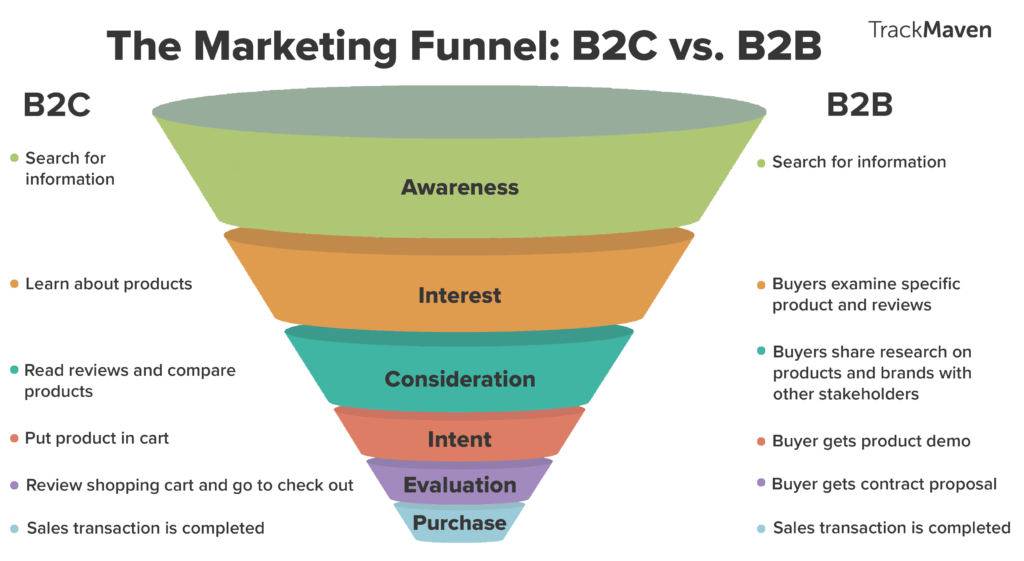
It’s pretty simple. Let me explain.
The top of the funnel is like casting a wide net. You’re aiming to catch lobsters but you’ll get some trout and salmon along the way.
The goal is to generate the largest amount of traffic to your website (or another asset) with the goal of segmenting later with lead magnets. (Read my guide on lead magnets after!)
That’s why I always recommend that you begin with blog posts.
They’re scalable, measurable, and when you hire someone like me—really damn easy to publish.
Once you have a steady stream of high-quality users coming to your website, that’s when you begin segmenting the average visitor vs more serious prospects.
Normally in the middle of the funnel, you’ll offer case studies, templates, reports, whitepapers, and other resources in exchange for their contact information.
You can then start remarketing to them in the backend with email marketing software to close via consultations, demos, and trials.
That brings me to my next point.
How to come up with top of the funnel topics
Remember, top of the funnel is all about attracting the widest amount of users who match your buyer personas.
This means that you have to target very specific topics and keywords or else you’ll generate low quality traffic that doesn’t move the needle. 👎
Here are effective ways to research top of the funnel topic ideas:
Interview your sales team
Who knows your customers better than the people selling to them?
Naturally, meeting with your sales team (or sending a quick email) is great for brainstorming topics.
Ask questions like:
- What problems do customers typically experience?
- What frequently asked questions do customers have?
- What questions do they have about our product or service?
Here’s a free template you can use:
Hey {First name},
As a part of our content marketing strategy, we’re researching new, exciting, and contextual topic ideas.
Since you work firsthand with {Company name}’s customers, we thought you’d be the best to ask!
What questions, pain points, objections, or commons arise the most when speaking with customers that you think would make good content topics?
Warm regards,
{Your name}
Imagine you have a sales team of ten and each rep gives you five ideas. That’s 50 in the snap of a finger!
You can investigate all of these further to compound the number of content topics you generate.
That brings me to my next point.
Use a tool like AnswerThePublic
AnswerThePublic is a free content research tool that gives you instant insights into a market and the minds of customers.
Begin by entering a search term on the homepage and clicking the “Search” button.
This will display questions, comparisons, prepositions, and other results based on what you entered.
Depending on the keyword you used, it’s not uncommon to get hundreds of results that can all be used as effective top of the funnel content subjects.
The first section, “Questions,” is great for answering questions that customers have about a product, service, industry, or technology.
Use these as standalone pieces or within pillar posts. It’s an opportunity to build trust, authority, and thought leadership.
Then, “Prepositions” will link the keyword you searched to other nouns or phrases.
I like this section because it allows me to discover niche topic ideas for myself and my clients.
“Comparisons” is a very valuable section, so don’t scroll past it.
I personally leverage comparison topics for SEO-focused articles that allow me to rank posts by comparing two ideas. In most cases, I’m comparing tools, strategies, or technologies.
It also creates the perfect opportunity to upsell lead magnets, your services, and introduce your company as you build into the middle of the funnel.
Feel free to copy and paste any results from AnswerThePublic to a content calendar, spreadsheet, etc. Or, simply click the “Export CSV” button to download all of the results conveniently.
Snoop on competitors
Want to save time, energy, and budget while coming up with topic ideas?
Cool.
In that case, I highly recommend leveraging competitors to speed up the process.
After all, competitive analysis means that you’re letting the competition do all of the hard work and then you make something better.
The first step is to create a hit list. This will be a compilation of competitor URLs neatly organized in a spreadsheet like this:
You can use internal documents, Google searches, or databases like Angel List to create this spreadsheet.
Let’s imagine that IBM was one of your competitors. You’d begin by visiting their website and checking the header and footer for resource links.
These include blog posts, webinars, videos, guides, etc.
You’ll often find extra links in the footer that are good too.
For illustration, here’s a section on developer tutorials:
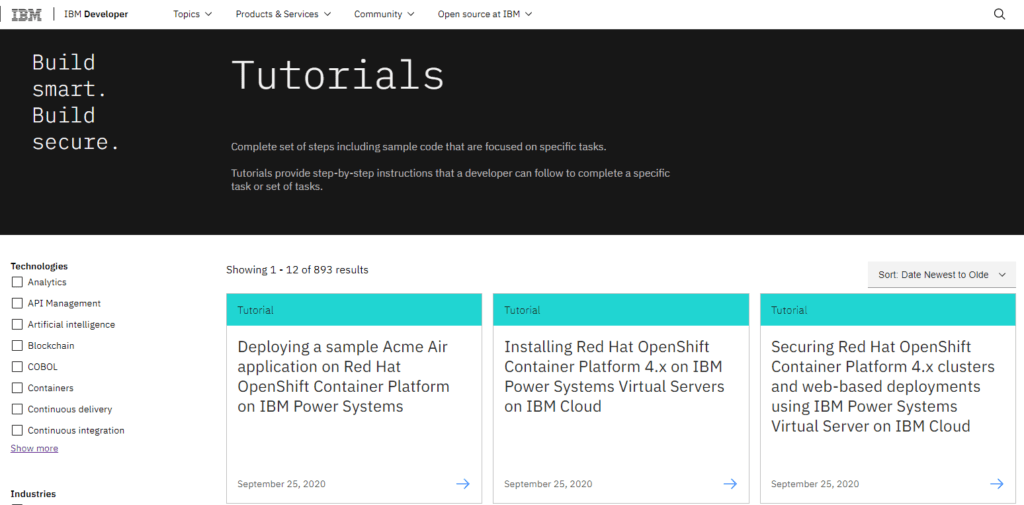
You could use the individual tutorials as further topic inspiration.
Perform these same steps for other competitors and note any topic ideas in the original spreadsheet.
Top of the funnel content ideas
Let’s get into the meat and potatoes and the reason why you’re here: top of the funnel content ideas and how to execute them effectively.
Blog posts
Publishing 11+ blog posts per month generate the most amount of traffic for B2B and B2C businesses.
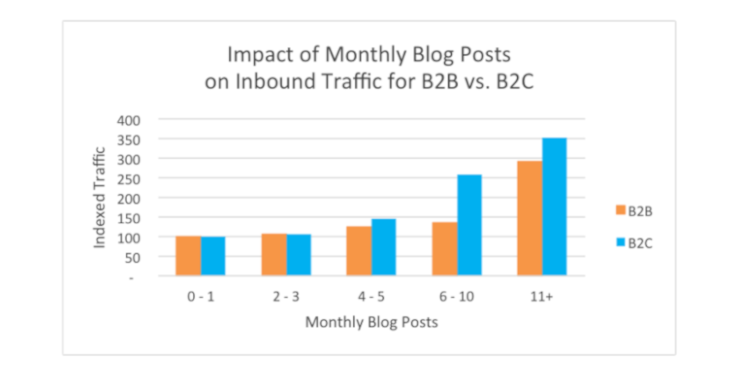
However, with all of the topic research you performed earlier, this won’t be a problem. 😉
Blog posts are the best top of the funnel content in my opinion.
Firstly, because they are easy to produce at scale when working with talented copywriters, clear content guidelines, and editorial calendars.
Secondly, when optimized for search engines, they are able to produce massive amounts of organic traffic that can convert into leads.
Blog posts are also one of the few types of content that have a compounding effect.
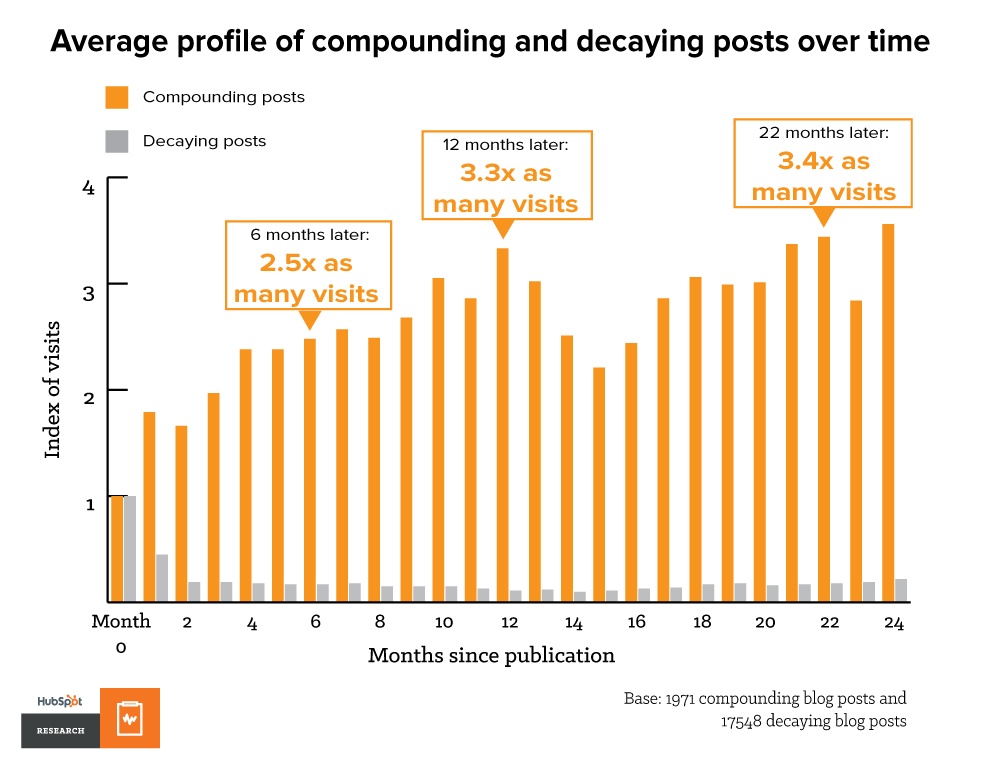
You post an article today and that sucker is going to pay dividends for months or years.
Yeah, I’m serious.
There are blog posts I’ve written that took approximately one year to get to the #1 result (or close) and now get me high paying copywriting clients regularly.
The same with my clients.
I write them high-quality SEO articles and they continue to snowball, driving more traffic and customers over the long term.
All of this is probably leaving you with one question: “Can you explain how I can make a great quality blog post?”
Well, don’t mind if I do. 🙂
Word count matters
Word count, presuming you’re in any competitive niche, does matter. A lot.
It’s a proven fact that the #1 result on Google averages 1,890 words.

That means unless you’re producing long-form content, you will be fighting an uphill battle trying to rank highly on Google.
If you need an experienced content writer, reach out to me at any time.
I won’t just leave you hanging though.
The key to effortlessly (I say that lightly) write long-form articles is by creating clear outlines.
These should map out the introduction, major points, sub-points, conclusion, and any resources you plan to use.
Why do this?
Simply because it saves a lot of headaches and Advil.

Instead of staring at a blank screen hoping ideas pop up from the ether, you know what to write about next.
This speeds up your writing workflow, keeps you motivated, and gets content published sooner.
Make it data-driven
The best content on the internet is like the one I’m writing now. (Cocky, huh?)
Data-driven.
I don’t just make claims … tell you to do something blindly … make you guess.
I reference statistics, data, case studies, charts, and graphs to prove a point.
This boosts authority and thought-leadership. Quality is instantly kicked up a notch.
It stands out. It makes the strategies and ideas in an article concrete.
You can do this by following a simple content writing rule such as including one statistic under every header.
When you go to source a piece of data, search Google for queries like:
- Keyword + data
- Keyword + stats
- Keyword + statistics
You’ll see roundup articles or individual studies like this:
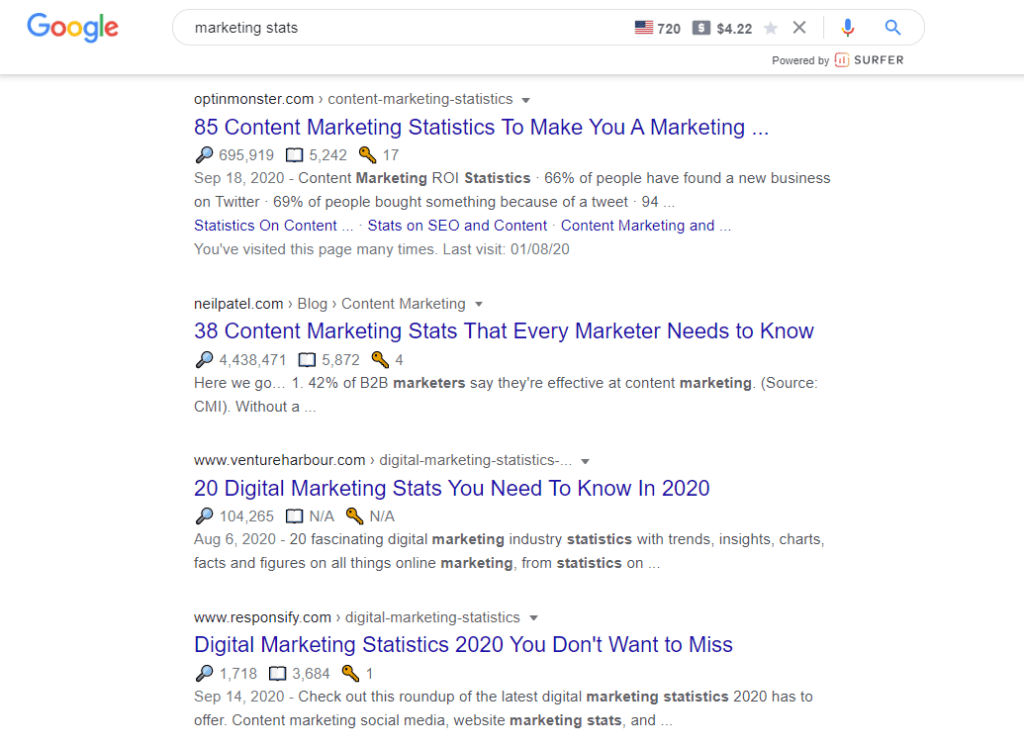
Visit one of these pages and source a relevant and exciting piece of data that supports a claim in the article you’re writing.
You can take this exact same approach for expert quotes, case studies, and so on.
Utility and inspiration is the missing link
The big enchilada.
If there is one surefire way to stand out from competition and make truly epic content, it’s through what Ann Handley calls utility and inspiration.
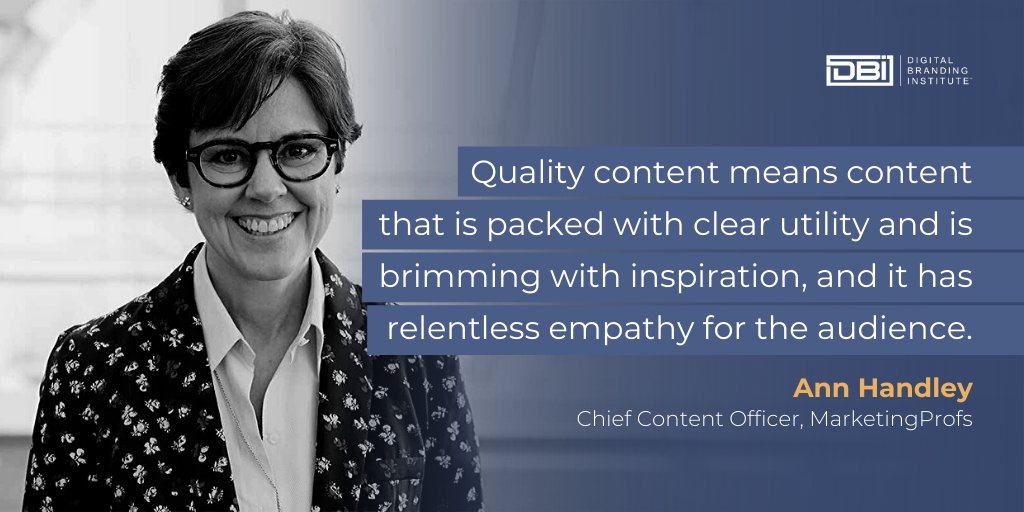
Let’s start with the first element: utility.
What does this mean? Primarily that content is genuinely useful by positioning it to be practical and actionable.
For example, imagine that I told you to produce blog posts and left you hanging in the wind.
That doesn’t help you, spark a fire, or leave a memorable impression.
However, by giving you actionable tips to turn blog posts into lead-generating machines, all of those things are achieved at once.
I recommend that you always include step-by-step instructions in your content.
Show readers how to use a tool … not just link to it.
Show readers how to execute a strategy … not just mention it.
Neil Patel and Brian Dean are the kings of this. You can learn plenty from studying their content.
Next, use screenshots to clearly show readers what to do, where to click, etc.
Some people are visual learners and it makes steps much easier to follow in general.
YouTube videos
YouTube has become the third most valued social media platform for both B2C and B2C companies.
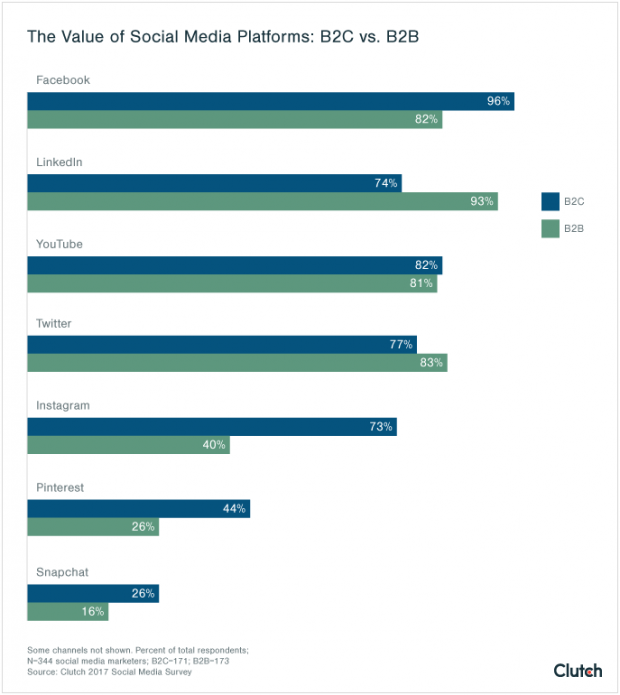
It’s an amazing channel for driving top of the funnel traffic to websites, landing pages, and similar assets.
Similar to blog posts, YouTube videos continue to compound, get shared, and are recommended by the platform’s algorithm over time.
Noah Kagan, for example, is one of my favourite YouTuber’s of all time. His videos are practical, simple, and entertaining.
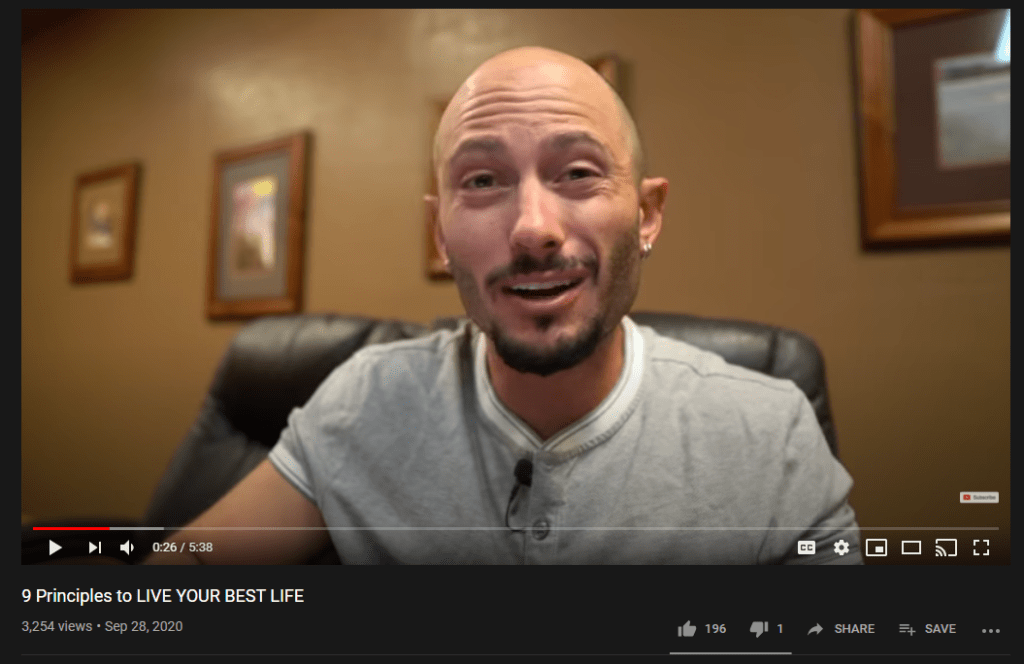
Most of them include a face cam of him talking with the occasional screen share or overlay.
The point I’m trying to make is don’t overcomplicate things at first.
Sure, invest in a quality mic, camera, and pick up some free recording software like OBS.
However, like all top of the funnel content, focus on quality, practicality, and creating a unique brand image.
Videos can be as basic as you speaking to the camera about a particular topic. Some of the biggest B2B and marketing channels do this.
And with screen recording software, you can include other steps, visuals, and resources to spice things up.
I recommend that you include links to lead magnets, products, and other important things in the description of each video like this:

This maximizes the amount of traffic and leads you drive from each video.
Make sure to also include strong calls to action during the video like “Get X, Y, Z in the description.”
Podcasts
I don’t know about you, but I love listening to Joe Rogan, Tim Ferris, and other big podcasters.
It’s a great way to pass the time while working, driving, or exercising.
Podcasts use to be relatively obscure too.
Not too many people listened to them and if you brought it up, you could get some weird glances.
Nowadays, 212 million people are familiar with podcasts.
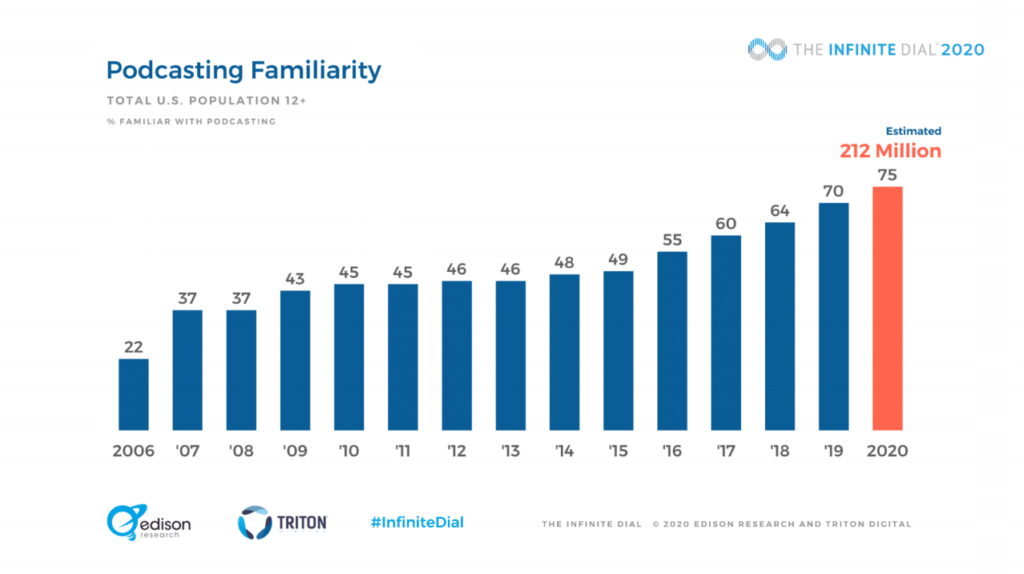
It has become a household name and form of content.
This means it’s an amazing opportunity for your business to produce podcasts as a way to reach large audiences.
But, how do you create a podcast?
The first step is to use software like Audacity which is free. This software allows you to effortlessly record and edit audio.
Simply plug in a mic, write a script, and click that record button!

Export it as an audio file and you can upload it to platforms such as Spotify, Soundcloud, and Libsyn.
Here’s a pro tip: reach out to other businesses in your industry to find podcast guests.
These individuals will share their expertise and knowledge with your audience and guess what?
They’ll share it with their audience which allows you to drive tons of referral traffic!
Podcasts don’t have to be three hours long either.
They can be as short as five to ten minutes with actionable takeaways.
Look at Neil Patel and Eric Siu’s podcast Marketing School for example.
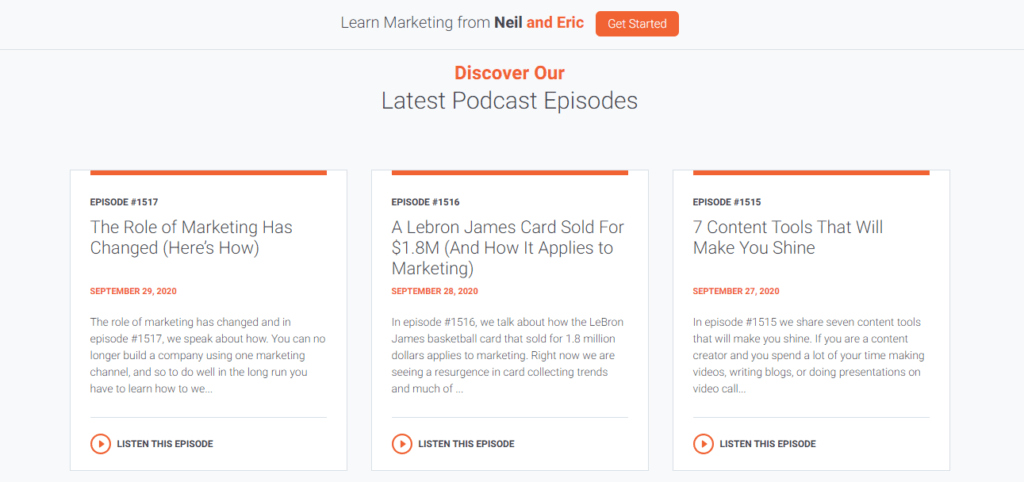
Their episodes are short and sweet. You can absorb tons of knowledge in a short amount of time and they have millions of listeners.
Final thoughts on top of the funnel content
A proper content marketing plan requires a top-down approach.
The top of the funnel is where you will generate the most amount of traffic through blog posts, videos, and podcasts.
You’re not trying to drive massive conversions or sales here.
Rather, you want to get the most amount of marketing qualified leads to your website or other assets where you can collect their information.
That’s when you remarket to the min the backend with consultations, demos, trials, and similar offers.
Need a copywriter to write your content for you? Reach out to me for content writing services any time you need it.














